Find non-toxic adhesives and sealants:
Modern homes have a lot more caulking and adhesives than older homes. Adhesives are liberally applied to many surfaces for ease and speed of job completion, as well as to prevent squeaking between flooring and joists, for example.
Functionally speaking, caulking is used to prevent moisture and air infiltration, but it is also used for aesthetics. The little gaps at the top of baseboards or at corners and joints used to be left as is, but in modern home construction caulking is often used as a wood filler to eliminate any imperfections.
Caulking has jokingly been called 'liquid carpenter' because you can fix a lot of mistakes with it and a coat of paint.
There are a lot of places you just don't need to put caulking if you can live with a more traditional look of trims, but regardless of how much you use it, try to find brands that are VOC-free. VOCs will continue to release toxic fumes for years after application.
Water-based sealants and adhesives will be less toxic, and while silicone has a heavy ecological footprint in production, it's inert and harmless after it dries.
- Caulk vs sealants: key differences and best uses
- Learn the best caulking techniques here for a clean efficient job.
Where to buy good interior doors:
Reclaimed doors
- Pros: Reusing materials diverts waste from landfills and reduces manufacturing, shipping and foresting. Depending on the quality and supplier, you may be able to save some money. However the reverse can be true and you might find yourself being charged an 'antique' price, so shop around a bit and look on used material websites.
- Cons: It can be a bit harder to find consistent sizes, or enough doors for your whole house that match exactly, but you could always just call that 'character'.
They may require some minor repairs, sanding or paint removal. Be sure to use a proper mask because older painted doors will almost certainly contain lead paint. You can often find them on used material websites, as well as at reclaimed material building supply stores.
Jointed pine doors
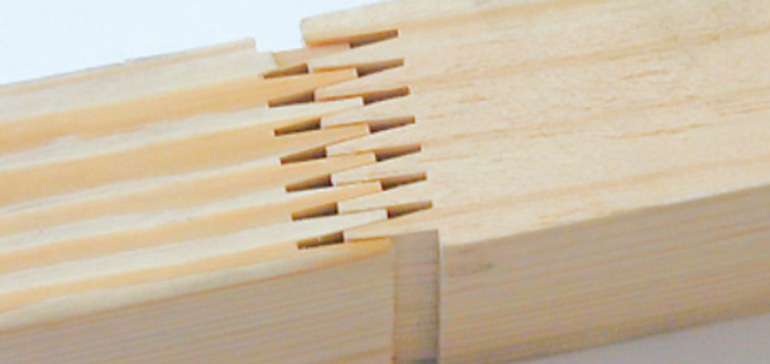
Jointed wood refers to smaller pieces that are machine-grooved and glued together. They are strong, and enable the use of smaller pieces of wood that have limited use.
- Pros: They are cheaper than solid wood, last a long time, use post-industrial material, don't contain harmful glues, and they can usually be found somewhat local. This is the best option for price, interior air quality and ecological impact.
- Cons: It isn't solid wood so there are tiny finger joints every foot or so which aren't terribly noticeable, but if you aren't a big fan of that look you can always paint them. Prolonged exposure to moisture can cause delamination.
Hollow wood doors
Hollow doors have an interior frame of smaller pieces of wood with a laminated front and back.
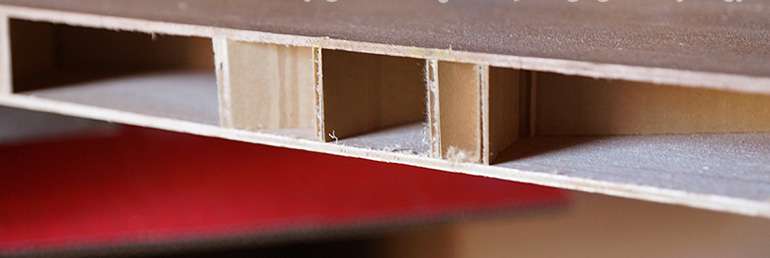
Pros: They use significantly less materials in manufacturing as well as making use of post-industrial waste by using shorter pieces of wood that might otherwise have ended up in landfills.
Cons: Many contain formaldehyde and other chemicals; they don't age particularly well.
New solid wood doors
Pros: There is no glue, they're sustainable, durable and natural. They can be finished naturally with oils or paints.
Cons: They are more expensive than the other door types cited above. And despite the fact that we are surrounded by forests, a lot of our finished wood products are made in China, with Canadian wood. So if possible try to shop local, it’s more sustainable and it supports your local economy.
Baseboards, mouldings and trim:
MDF (medium density fibreboard)
- Pros: It usually comes with a layer of white paint, reducing a step for you before installation. It's also easier to make clean cuts than with solid wood.
- Cons: Prolonged exposure to moisture can cause swelling, it generally has a shorter lifespan than solid wood, and it will often contain formaldehyde, so shop carefully.
Note : see our page on Rice Stalk MDF alternative boards that contain no formaldehyde and are Zero VOC
Jointed pine
- Pros: It uses post-industrial material, and contains no harmful glues. Like jointed wood doors, this is the overall performer for health and ecology.
- Cons: Prolonged exposure to moisture can loosen joints, but this can be mitigated by sealing it with oils or paint, not to mention maintaining proper home humidity levels.
PVC plastic
- Pros: We are including them because they exist, but we really can't find much positive about it as a product.
- Cons: PVC is toxic and produces pollutants at many stages in its life cycle.
Solid wood
- Pros: Very durable and it contains no harmful glues. With the most rudimentary of woodworking skills, you can make this slightly more affordable and have some fun. Just buy raw 1x4 or 1x6 boards, run a quick router across one corner, a quick pass of a sander across them, and throw on a coat of paint or oil. Even easier is to leave them square if you like the look.
- Cons: They are the harder of trims to install, and they are harder to cut. Solid wood will also be the more expensive option, but as mentioned above, customizing them yourself might save a bit of money.
Used wood paneling
- Pros: Reusing materials is the holy grail of green building, so go for it whenever you can, especially in finishing where there is no structural integrity or insulation performance to consider. Reusing materials diverts waste, saves forests, and adds character and class to your home.
- A particularly nice look can be used barn boards: cut them to width, run a quick router across one edge to round it, and a very quick pass with a sander can bring out some fantastic looking wood with a rich Canadian heritage.
- Cons: Some reclaimed materials can be quite labour intensive to prepare, particularly painted boards. You will likely encounter lead paint, so be sure to protect yourself. The safest option (and frankly, the easiest) is to have them sandblasted.
Tropical woods
Using tropical woods comes with a pretty significant ecological, and often social impact. The footprint includes global shipping, destruction of virgin rainforests and sometimes the displacement of indigenous peoples, not to mention questionable working conditions for many employed in the industry.
There are stains available that can transform our native species into very close semblances of many tropical woods, so there are responsible ways to get that tropical look if that's what you are after.
Now you know more about healthy and durable interior home finishing. Find more pages about sustainable construction below and in the Ecohome Green Building Guide pages.
Find more about green home construction and discover the benefits of a free Ecohome Network Membership here. |


















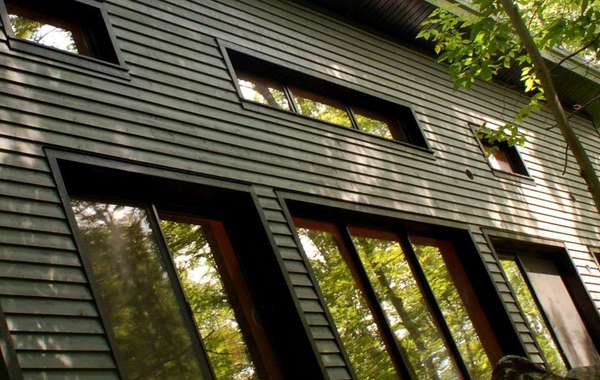
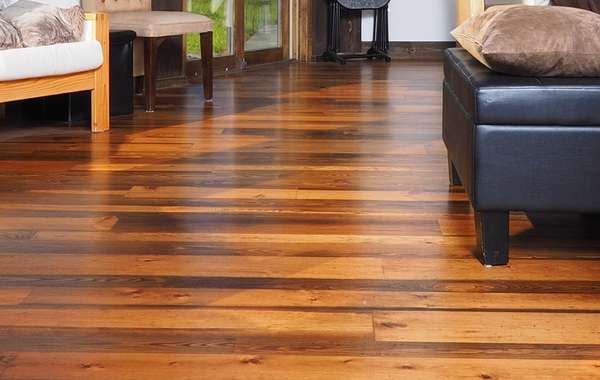
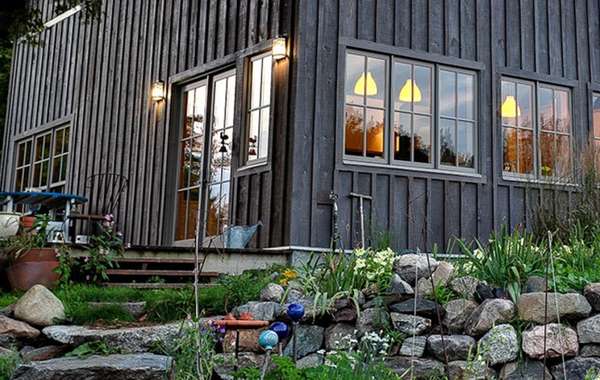
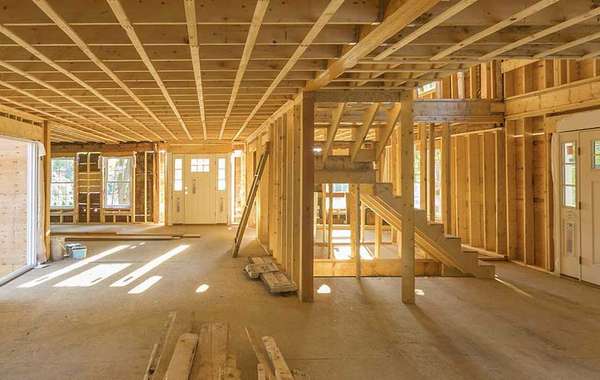
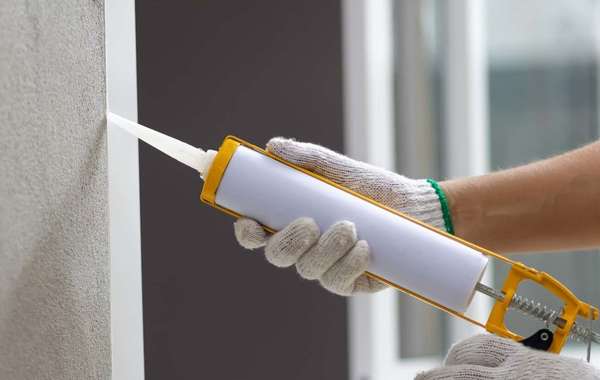
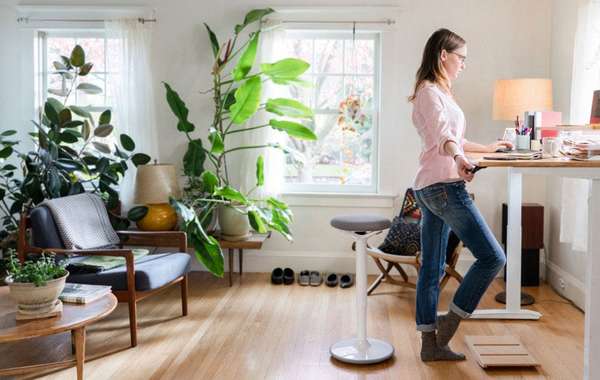
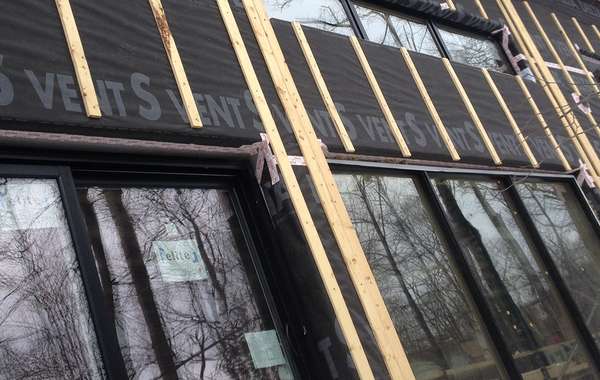

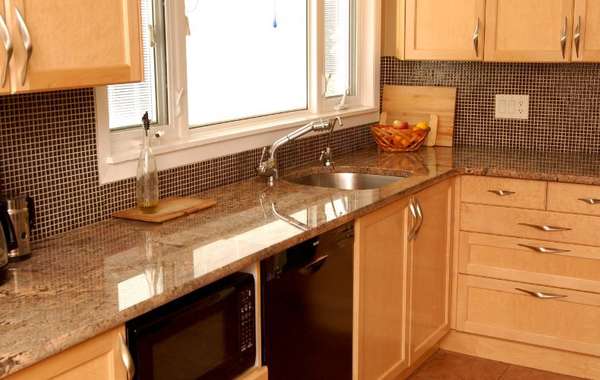
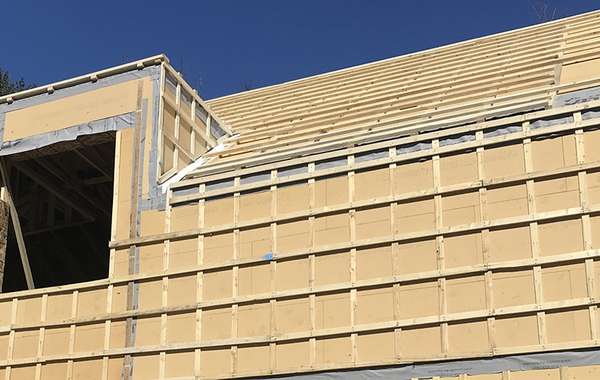
Comments (0)
Sign Up to Comment